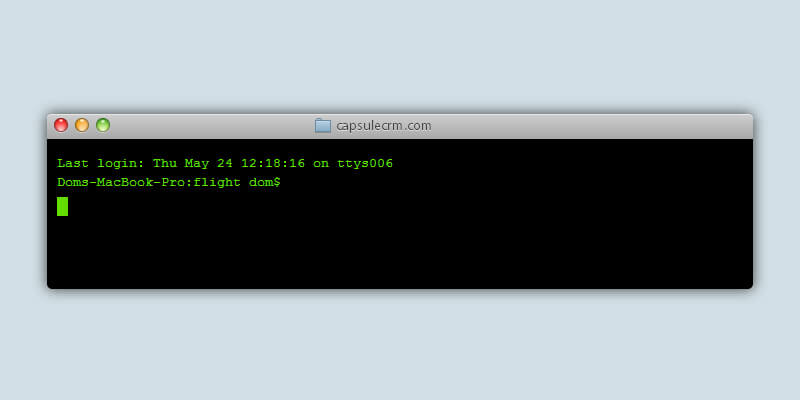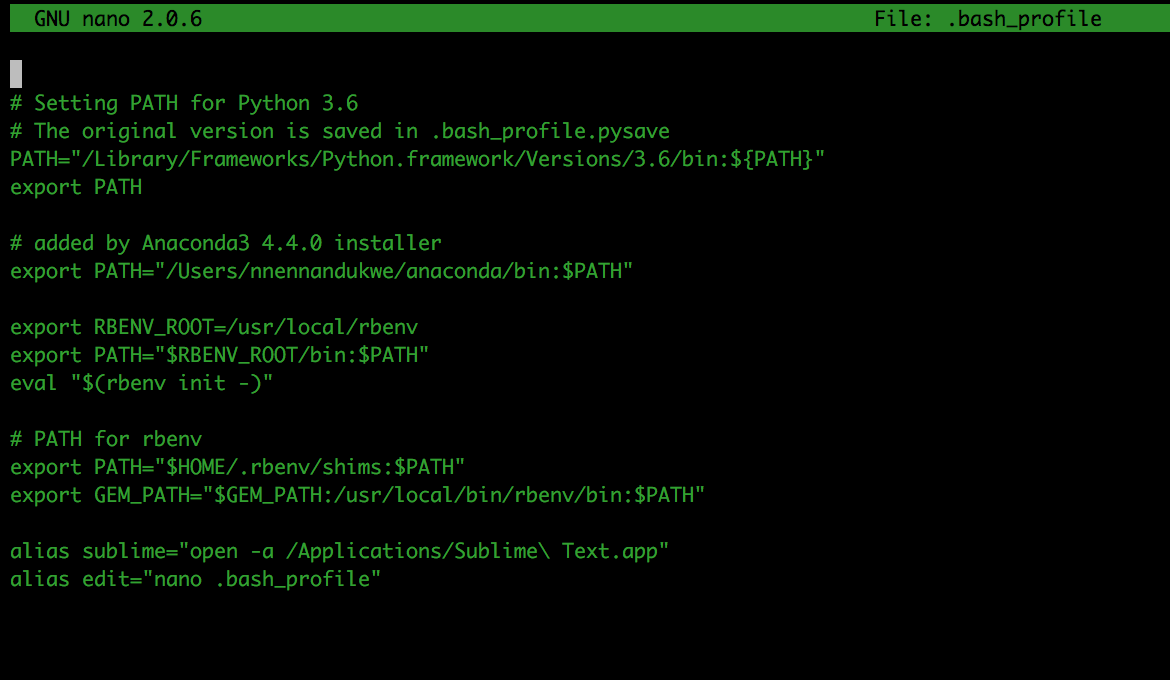

- #TERMINAL CODE FOR SCREENSHOT ON MAC HOW TO#
- #TERMINAL CODE FOR SCREENSHOT ON MAC MAC OS X#
- #TERMINAL CODE FOR SCREENSHOT ON MAC FULL#
- #TERMINAL CODE FOR SCREENSHOT ON MAC PASSWORD#
#TERMINAL CODE FOR SCREENSHOT ON MAC PASSWORD#
There are a few different methods you can use, and the road you take to unlock your Mac without a password could depend on whether you linked your Apple ID to your user account on your Mac during setup, or if you have one of the new M1 Macs.

Because of that, MacOS includes a tool for this exact scenario. Apple knows that a forgotten password can be a personal hell, especially if you're working on a deadline. But what happens when you forget the password to log into your Mac? After trying, then retrying the password you thought was correct, it's only natural to want to panic. For online accounts, you can just click a few links, enter your email address and then reset your password. I think it's safe to say we've all forgotten a password at some point.
#TERMINAL CODE FOR SCREENSHOT ON MAC HOW TO#
Mavericks and below - How to find the Absolute Path to a folder on Mac OS XMemory fog locking you out of your device? We'll show you how to get back in. Instructions on how to use this can be found at teh link below: If you are a El Capitan user you are in luck, Apple has now created a specific command to capture the file path. You can have it show a graphical path, but getting just the text based path to a directory (for use in the Terminal for example) requires a couple of extra steps.
#TERMINAL CODE FOR SCREENSHOT ON MAC MAC OS X#
Mac OS X doesn’t have an obvious way to view the exact text based path to a folder (otherwise known as a directory) in the finder window.
#TERMINAL CODE FOR SCREENSHOT ON MAC FULL#
Being able to locate the precise path allows you to unlock the full power of the Terminal, which can often be faster and more efficient that using the Graphical User Interface. Knowing the text based absolute path to a folder can be useful for a number of reasons. Why might I need to know how to find the path to a folder on Mac? NOTE – If the directory path contains spaces, as the example i have used in this post does, you MUST use ” quotation ” marks around the path when typing it into the Terminal. You can now copy this text based absolute folder path and paste it into your Terminal window. The path to the folder is highlighted and made clearer in the screenshot below: This is the path to the folder we have been looking for. You can see that the Get Info window contains the line “Where:” followed by the text folder path. This displays various bits of info about the folder as you can see below: Now we can simply press the “cmd+i” keys together to open up the “Get Info” window. It’s not pirated like so much Beachbody stuff unfortunately is!): In this example it’s the “month 1″ folder of my Insanity Workout folder (and yes, I did buy Insanity, directly from Amazon actually and these are my back-ups.

The first thing to do is identify the folder you need to know the full path for. Here are the instructions for finding the file path on Mavericks and below. Mavericks and below - How to find the Absolute Path to a folder on Mac OS X Instructions on how to use this can be found here. El Capitan - Built in file path copy function Yosemite users must now follow a complicated procedure of creating a Service to do this simple task or take the path directly from the command line. Yosemite users special noteĪpple removed the ability to easily copy the file path in OS X Yosemite.


 0 kommentar(er)
0 kommentar(er)
